NJM2396 > Data Sheet
NJM2396F63 = V-out 6.3V (ไส้หลอด) : 6.3V 1.5A, TO-220F-4
The NJM2396 is a low dropout voltage regulator with ON/OFF control. The output current is up to 1.5A and dropout voltage is 0.2Vtyp. at Io=0.5A. The NJM2396 is suitable for power module?TV?Display?car stereo and low power applications.
- Low Dropout Voltage (VI-O=0.2V typ. at Io=0.5A)
- Output Current (Io(max.)=1.5A)
- ON/OFF Control
- Internal Short Circuit Current Limit
- Internal Overvoltage Protection
- Internal Thermal Overload Protection
- Bipolar Technology
- Package Outline (TO-220F-4)
------------------------------------------------------------
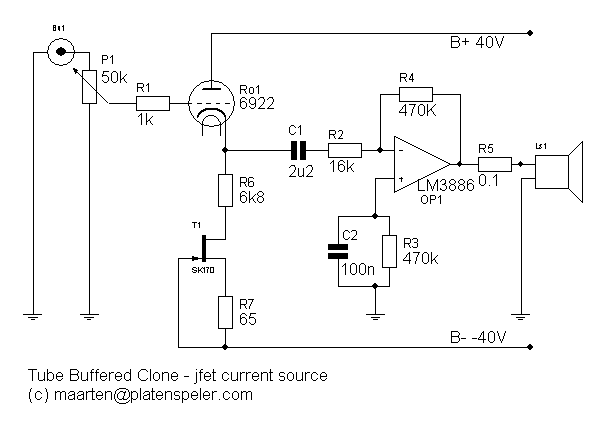
------------------------------------------------------------


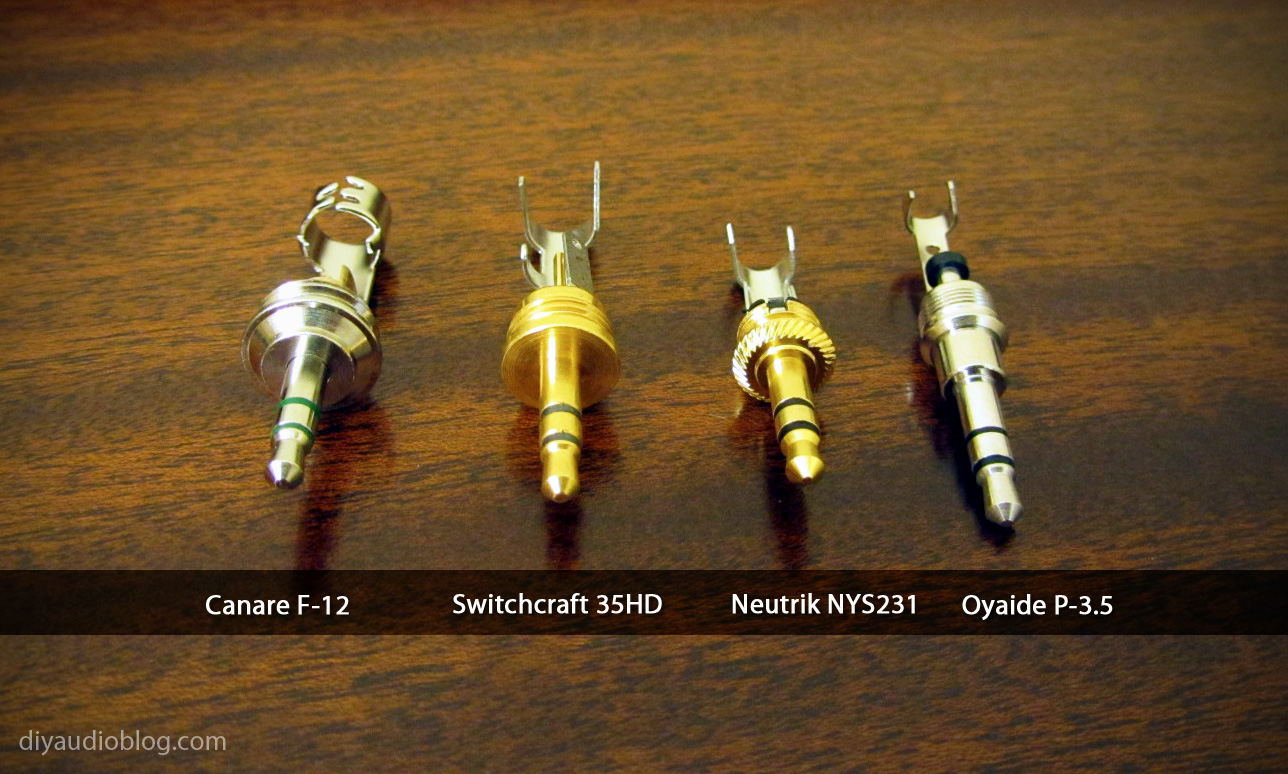
NJM2396F63 = V-out 6.3V (ไส้หลอด) : 6.3V 1.5A, TO-220F-4
The NJM2396 is a low dropout voltage regulator with ON/OFF control. The output current is up to 1.5A and dropout voltage is 0.2Vtyp. at Io=0.5A. The NJM2396 is suitable for power module?TV?Display?car stereo and low power applications.
- Low Dropout Voltage (VI-O=0.2V typ. at Io=0.5A)
- Output Current (Io(max.)=1.5A)
- ON/OFF Control
- Internal Short Circuit Current Limit
- Internal Overvoltage Protection
- Internal Thermal Overload Protection
- Bipolar Technology
- Package Outline (TO-220F-4)
------------------------------------------------------------

------------------------------------------------------------







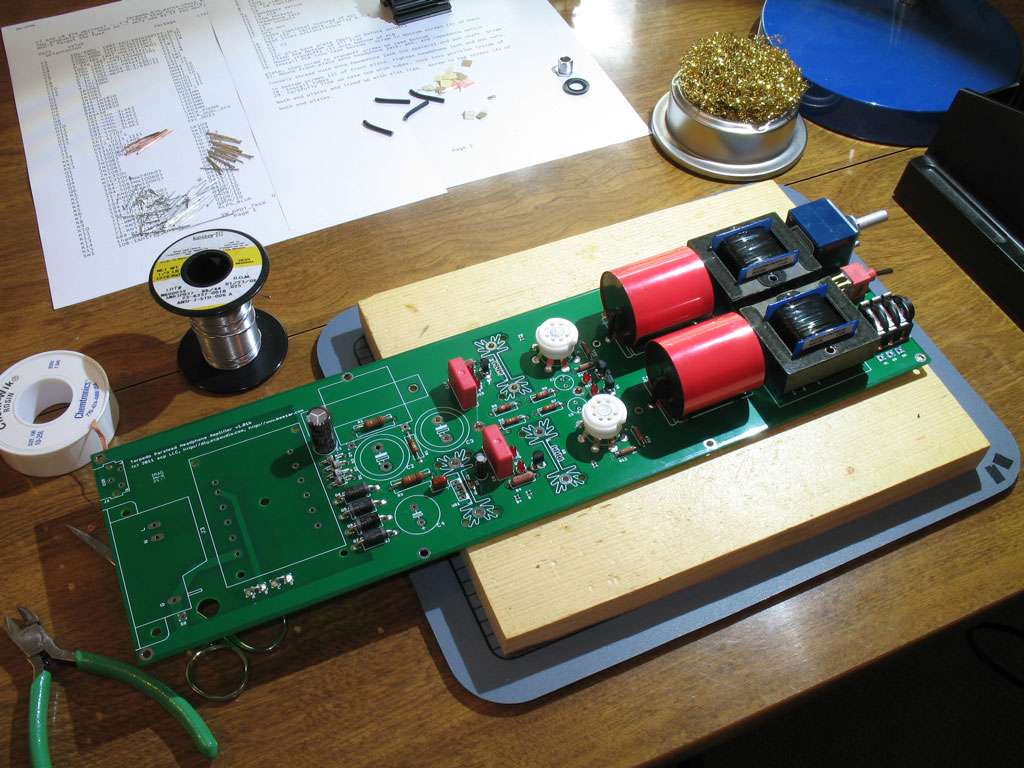
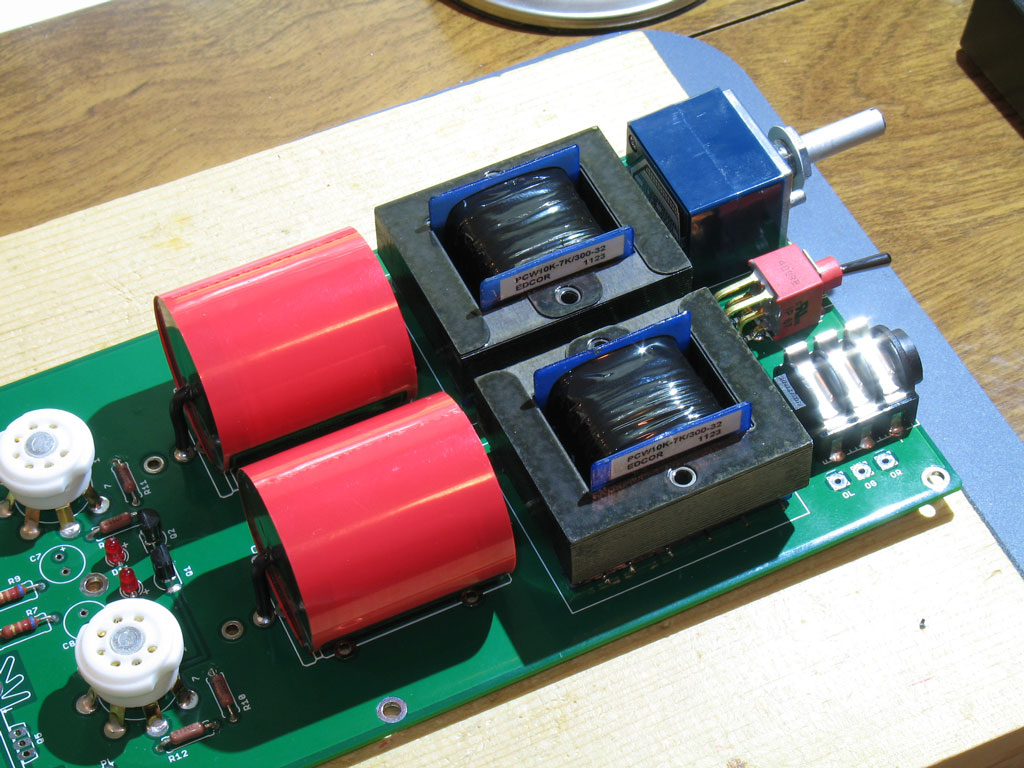
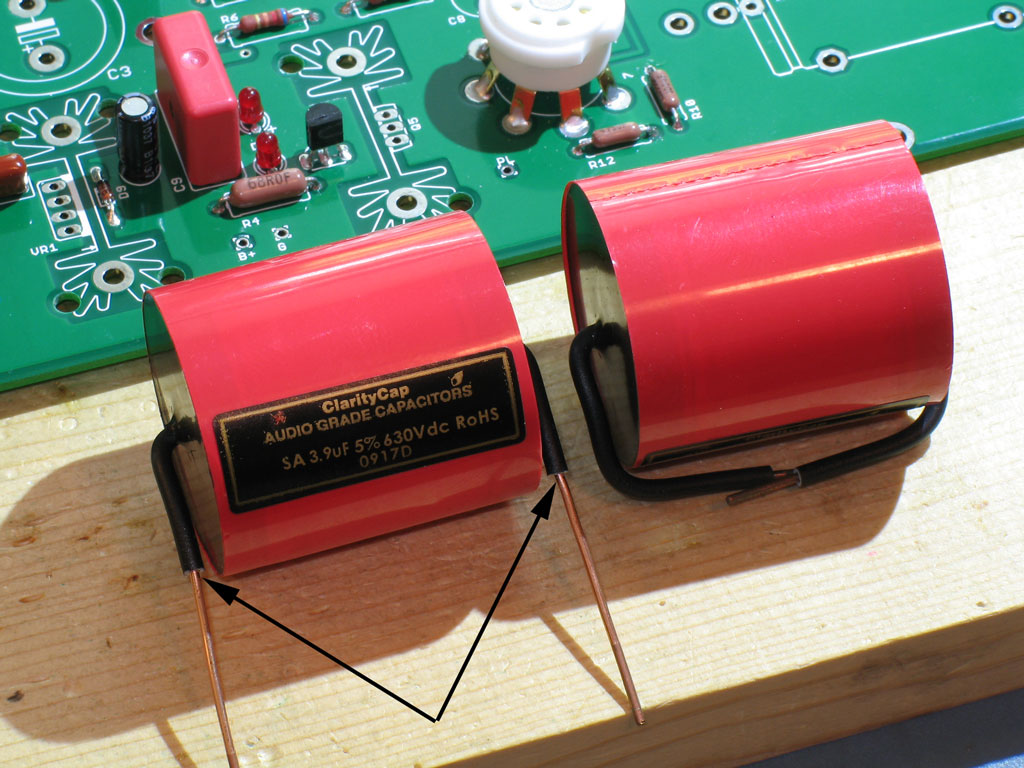





























Comment